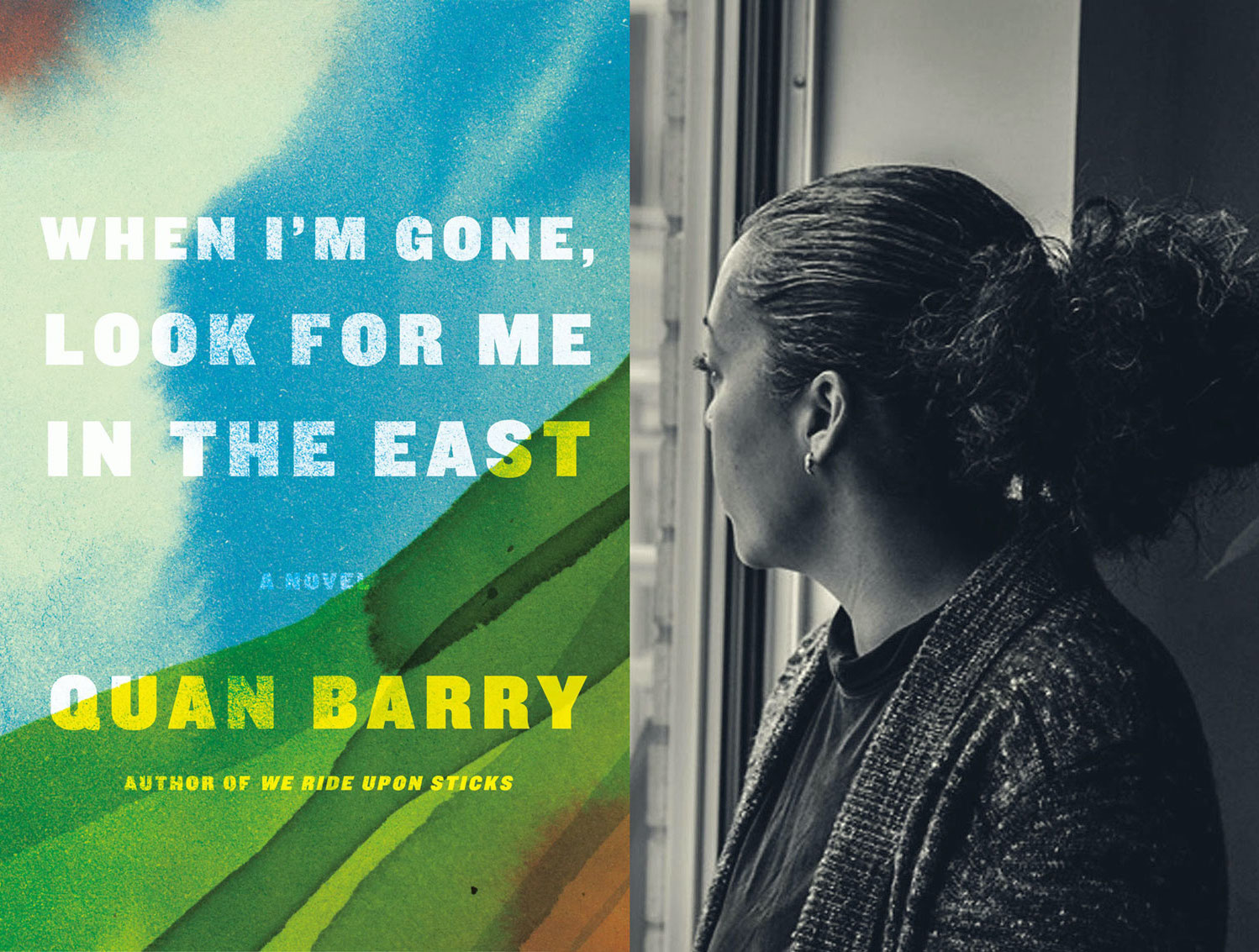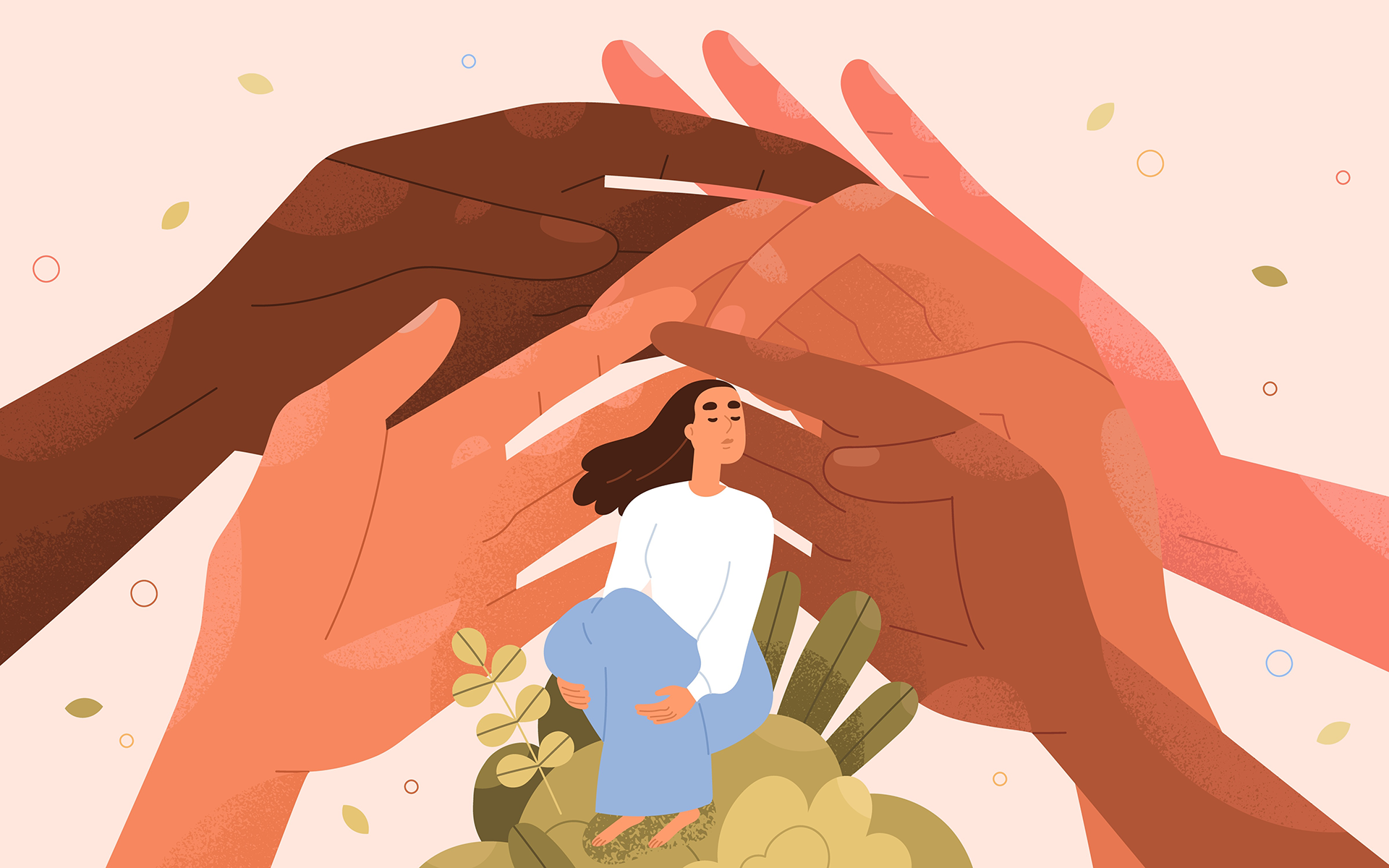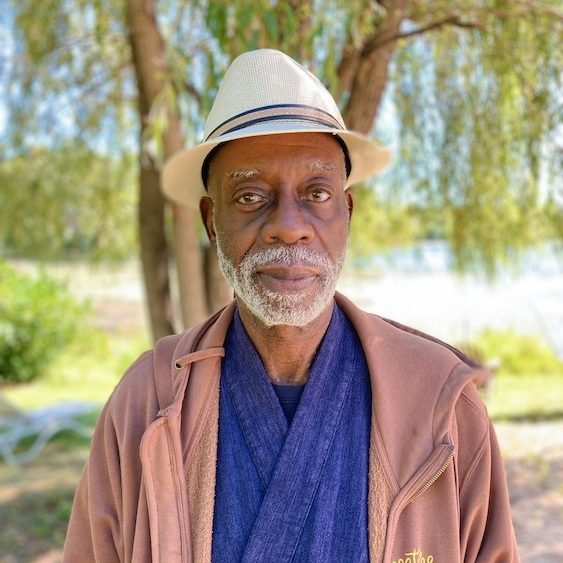Writer Quan Barry Discusses Her New Novel, When I’m Gone, Look for Me in the East
The book traces the journey of two telepathic twins searching Mongolia for the reincarnation of a Buddhist master. The post Writer Quan Barry Discusses Her New Novel, <i>When I’m Gone, Look for Me in the East</i> appeared first on...

Trike Daily BooksPersonal Reflections
The book traces the journey of two telepathic twins searching Mongolia for the reincarnation of a Buddhist master.
By Quan BarryMar 10, 2022 Quan Barry's latest book, When I’m Gone, Look for Me in the East, is out now with Penguin Random House.
Quan Barry's latest book, When I’m Gone, Look for Me in the East, is out now with Penguin Random House. Born in Saigon, poet and novelist Quan Barry grew up in Danvers, Massachusetts and currently teaches creative writing at the University of Wisconsin-Madison. Her latest novel, When I’m Gone, Look For Me in the East, follows the story of two telepathic twins as they journey across the vast Mongolian landscape in search of a tulku, or reincarnated lama. Along the way, the twins grapple with questions of desire, doubt, and the place of faith in a changing world.
In a recent episode of Life As It Is, Tricycle editor-in-chief James Shaheen and co-host Sharon Salzberg sit down with Barry to discuss the joys and responsibilities of writing fiction, the tensions between monasticism and modernity, and the author’s travels across the Mongolian steppe. Read excerpts from their conversation below, and listen to the full episode here.
On the inspiration for the book
In 2013, I was listening to NPR and heard a story about His Holiness, the Dalai Lama. At that time, the Dalai Lama was saying that because he feared that the Chinese would politicize his death and name the new Dalai Lama, he was considering taking the unprecedented step of reincarnating while he was still alive. Doing that would give him the opportunity to choose who would follow him so that he wouldn’t have to worry about the politicization of his passing. He has since changed his mind, and he no longer talks about reincarnating while he’s still alive. But when I first heard that story, I have to admit my mind was blown. What would that mean to reincarnate while you’re still alive? I went down a rabbit hole of thinking about and researching reincarnation. It’s a fascinating process—the different signs that are looked for, the search party itself, and the ways in which the mystical element enters in. I had traveled in Mongolia and had been studying Buddhism for the past decade, so I began to think about how I might tell the story of a reincarnation while also simultaneously exploring the history of Mongolia.
On Mongolia’s diverse religious landscape
Mongolia is the least densely populated nation on the planet, with five people per square mile, and there’s a strong culture of hospitality that comes out of the tradition of living in a very sparsely populated land. The country also contains so many different types of environments. In the West, the mountains border Kazakhstan and Russia, and so many of the people there have more in common with Russians and Kazakhs. In the South, there’s the Gobi Desert; in the East, there’s the Mongolian-Manchurian grassland. As I was writing about the landscape, in some ways, Mongolia did the work for me—I just had to be observant.
In the early 1900s, Mongolia became a communist country, and a lot of religious traditions, and the Buddhist tradition specifically, were destroyed. Monasteries were demolished, and many monks were killed or driven out into freezing weather to their deaths. Buddhism was not allowed to be openly practiced for many, many years. But in that time, Mongolia’s various shamanistic traditions were allowed to continue. For example, there are cairns all over the country, where people pile up rocks in high places. High places are seen as the spaces that are closest to the sky god, Tengri. It wouldn’t be unusual for people to go to these shamanistic places where rocks are piled and yet to use Buddhist prayer flags and scarves and intertwine them in these rock formations. I think that’s a great metaphor for the ways in which Buddhism and the shamanistic traditions of old have been woven together. In many ways, the two are very intertwined.
For a long time, because of the Soviet influence in the region, there weren’t many reincarnations found in Mongolia. In fact, one of the last incarnations found there, the Jebtsundamba, actually fled Mongolia and lived in secret and only returned in the late 1990s. In the novel, the search party interviews three potential tulkus, and none of them comes from a Buddhist tradition. In writing the book, I wanted to show the broadness of the landscape and the diversity of cultures and traditions, so I did take some poetic license in thinking about who might be a reincarnation, particularly in a country in which the Buddhist tradition is coming back.
On monasticism and modernity
There are two twins in the book. One of them, Chuluun, is a novitiate in the Tibetan Buddhist tradition who will be taking his final vows a few months after the book opens. He has an identical brother named Mun. As a child, Mun was discovered to be a reincarnation, but he has since renounced his vows and is now living a secular life in the capital of Mongolia. When I traveled in Mongolia and in other places as well, like Dharamsala and Sikkim, the first thing that I was really struck by was the impact of modernization. I think many of us in the West have preconceived notions that monks, particularly Tibetan monks, are all living in caves somewhere where they are deep in meditation and not engaged with the modern world. Very quickly, I saw that that wasn’t true—in fact, there are ways in which they’re very modern. I learned in Bhutan that there were quite a few monks who were on Facebook, and they very much enjoy talking to other monks in other countries. There’s a detail in the book about a monk who walks around the particular grounds of his monastery singing the theme song to Titanic. That was based on something I observed. In the novel, the twins embody the tensions between a more traditional path and a more modern, 21st-century path. Over the course of the novel, both of them go on spiritual journeys and undergo some sort of transformation. It was important to me that in some ways, they are the yin and yang, and yet they have more in common than they both realize. In the end, maybe their approaches to monasticism and modernization are two sides of the same coin—they’re both maintaining their inner spiritual journeys but doing it in different ways.
♦
Listen to the full podcast with Quan Barry here:

Get Daily Dharma in your email
Start your day with a fresh perspective

Explore timeless teachings through modern methods.
With Stephen Batchelor, Sharon Salzberg, Andrew Olendzki, and more
![]()
Thank you for subscribing to Tricycle! As a nonprofit, we depend on readers like you to keep Buddhist teachings and practices widely available.
This article is only for Subscribers!
Subscribe now to read this article and get immediate access to everything else.
Already a subscriber? Log in.

 Troov
Troov 
































